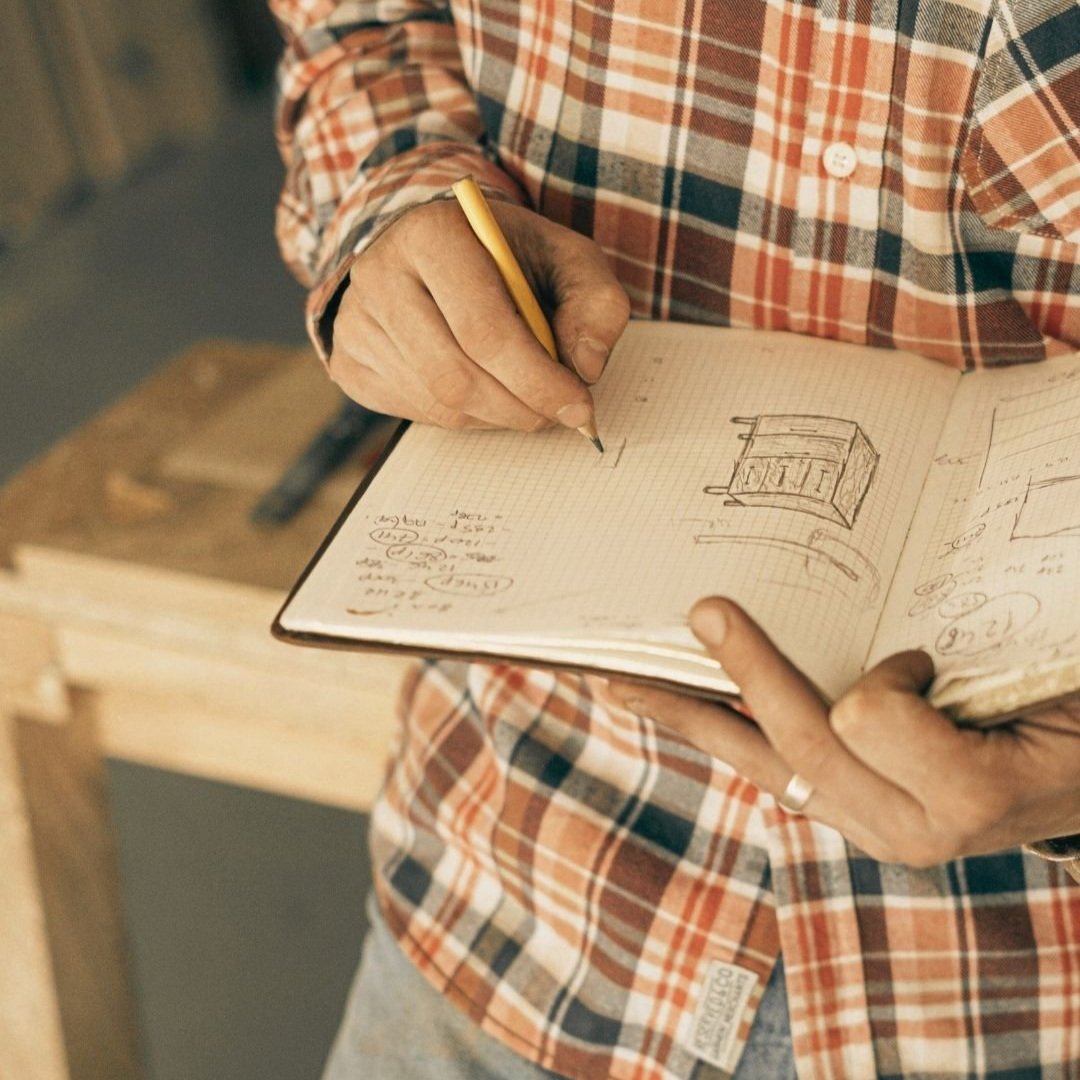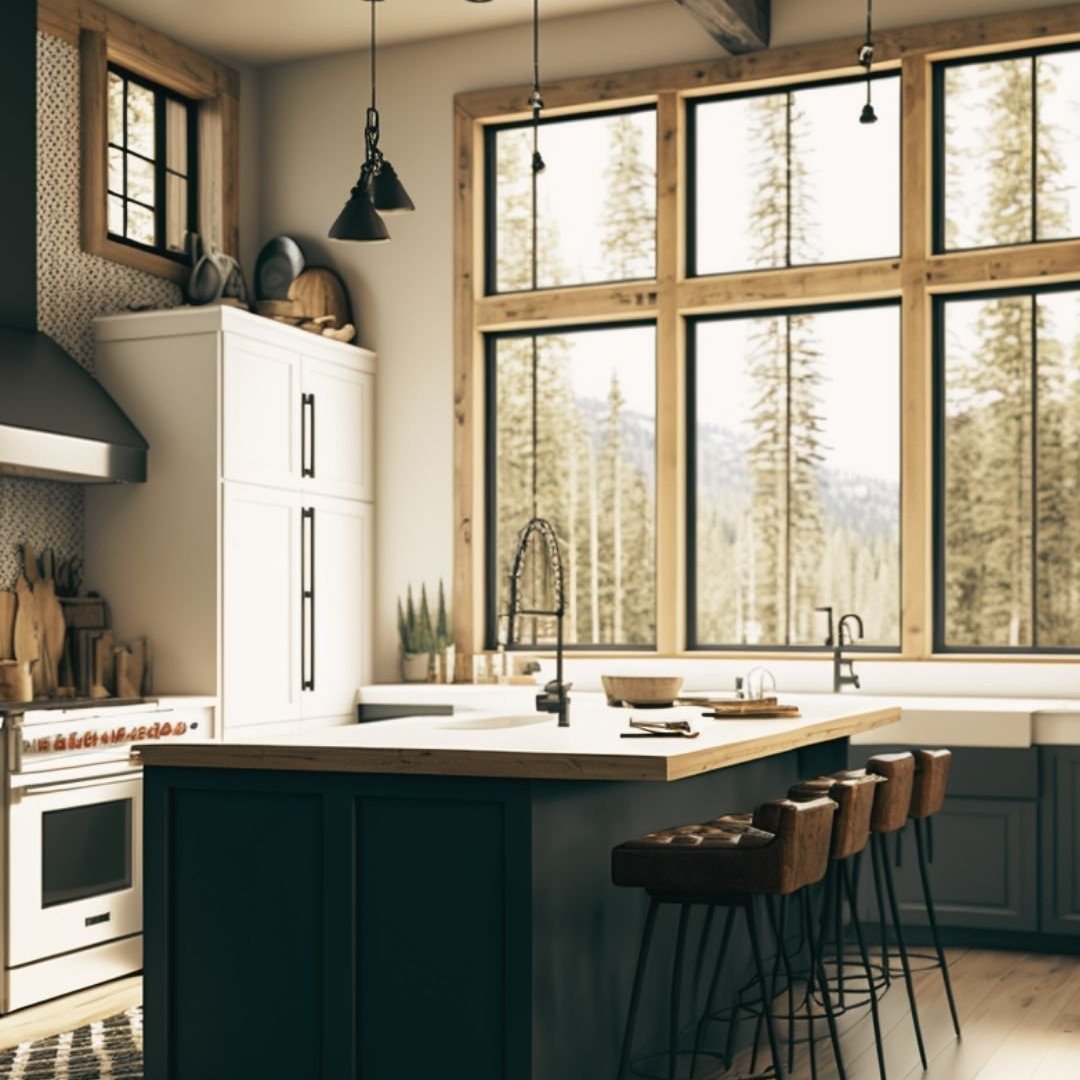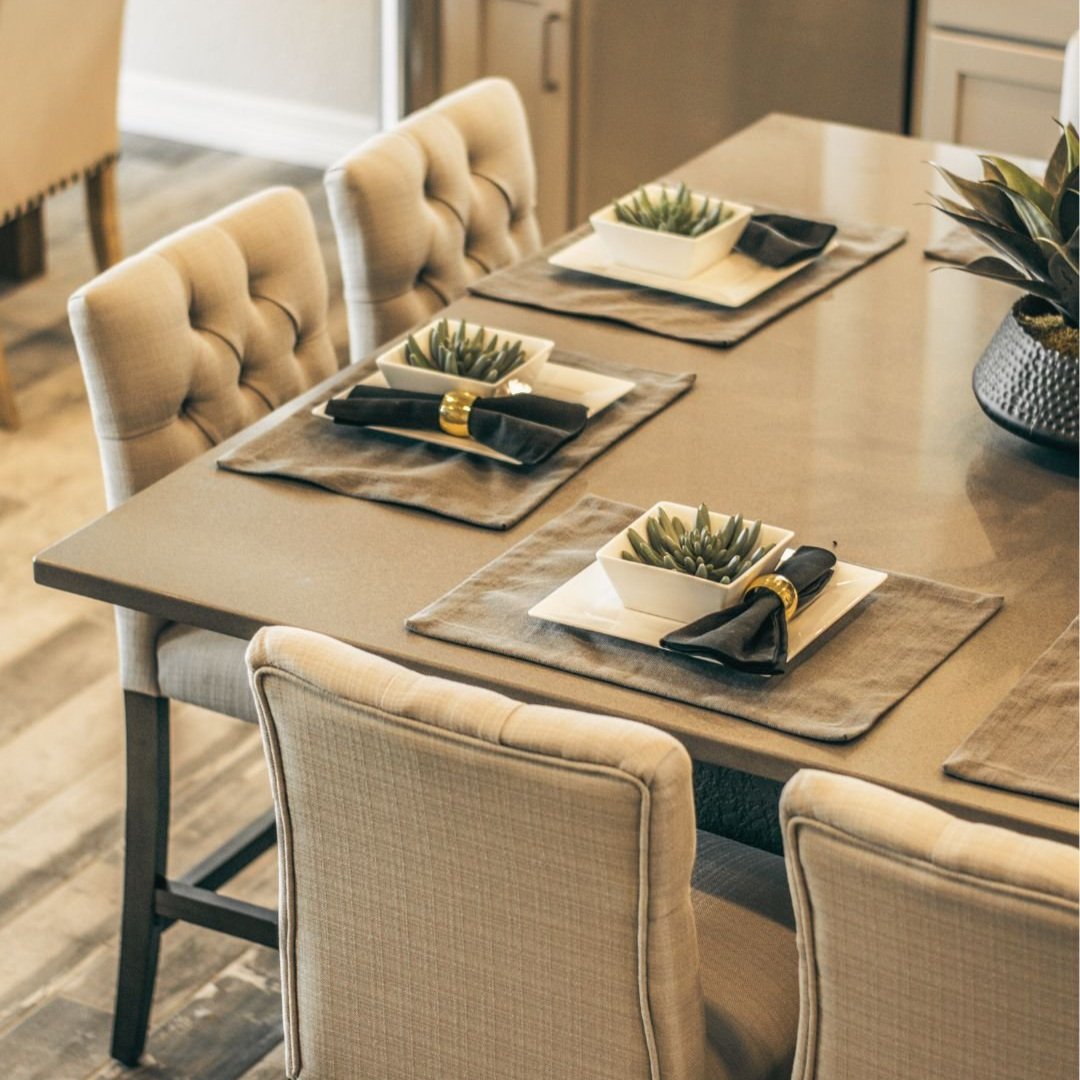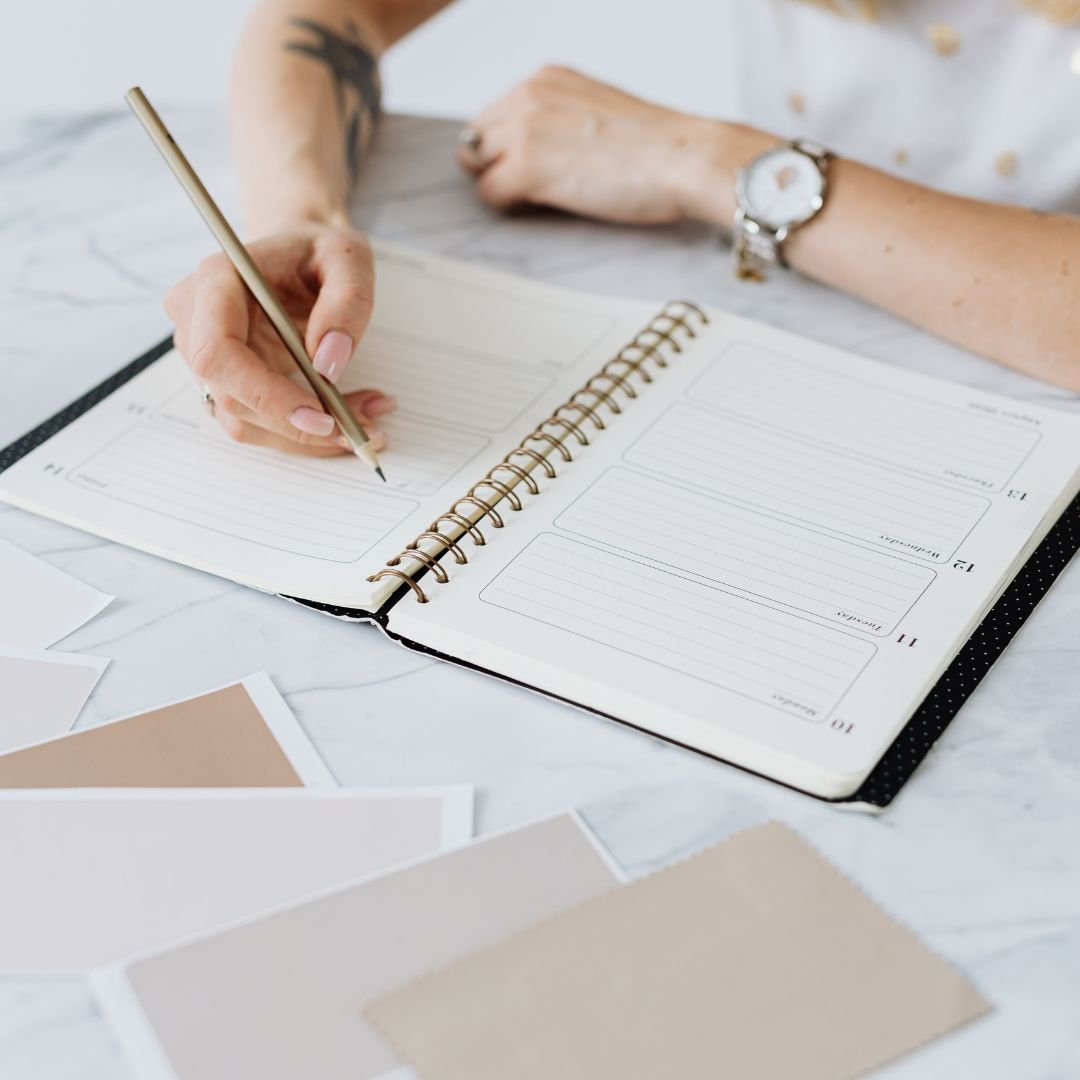Top 8 Time-Wasters for Interior Designers (Plus Solutions to Help!)
/We all know someone who seems to have it all together, making us wonder, “How do you juggle it all?” Meanwhile, many of us are constantly battling with time management, trying to split our days between work, loved ones, home responsibilities, and self-care—while desperately seeking a bit of genuine downtime. Countless memes about this hit so close to home that you don’t know whether to laugh or cry. While I can’t offer the ultimate secret to balancing every aspect of your life, I can help you improve your workday to reclaim significant chunks of time that you can dedicate to whatever you choose. So, here it is the top 8 time-wasters for interior designers!
1. Not Tracking Time
Ever wonder where all your time goes? Without keeping tabs on your hours, it’s tough to stay on track with your project time budgets.
Solution:
Tracking time is a two-fold job. First, set up proper tracking systems that categorize your work by project and task type. Apps like Toggl or Harvest can help you monitor how much time you spend on different tasks. Second, regularly review your time reports to ensure you're sticking to your time budgets. Don’t have a time budget? It’s time to create one!
2. Poorly Defined Scope of Work
Scope creep can be a nightmare, whether it’s because you’re a perfectionist or because cheeky clients keep pushing the boundaries. Unplanned tasks can eat up your time and energy, turning a straightforward project into a never-ending saga.
Solution:
Clearly outline the scope of work in your proposals and contracts. Set boundaries and discuss them with your clients upfront. This way, everyone knows what to expect, and you can keep the project on track. Plus, having everything in writing makes it easier to handle any unexpected changes or requests.
3. Avoiding Project Management Tools
Sticking to outdated methods like Excel (no hate) doubles your workload and causes important details to slip through the cracks. More modern project management tools keep everything organized and easily accessible, freeing you from the chaos of scattered, unsynchronized notes and lists.
Solution:
Switch to project management platforms like Asana, Trello, or industry-specific tools like Studio Designer. These tools help you manage timelines, budgets, and communications all in one place. No more digging through infinite files and folders to find what you’re looking for.
4. Endless Sourcing Time
Finding the perfect items is many designers’ favorite part of the process, but it can also be a massive time drain. Without limits, you can easily spend hours hunting down that one perfect piece, leaving you behind on other important tasks.
Solution:
Set a time limit for sourcing each item and stick to it. Keep a well-organized vendor list that’s easy to search through, and build strong relationships with your suppliers for quick and efficient communication. This way, you can find what you need faster and move on to the next part of your project.
5. Waiting on Client Decisions
Refreshing your inbox, waiting for client feedback, and “just following up” again and again halts your progress and messes up your schedule. Without clear deadlines, you might find yourself stuck in limbo, unable to move forward with your work.
Solution:
Give clients clear deadlines for their feedback from the get-go and make sure they agree to them. Explain how timely decisions are important for keeping the project on track and avoiding unnecessary delays.
6. Ineffective Delegation to Team Members
Not delegating effectively can lead to a pile-up of tasks and slow down your workflow. Whether you’re avoiding outsourcing or not giving clear instructions, it’s a big time-waster that leaves you doing (or not doing) everything yourself.
Solution:
Learn to delegate tasks properly. Give clear and complete information to your team members so they can work independently. This will free up your time for more important tasks and help you focus on the bigger picture. Remember, teamwork makes the dream work!
7. Branding & Marketing Analysis Paralysis
Spending too much time on branding and marketing decisions (the perfect font, the perfect song for your Instagram story) can leave you stuck, wasting time that could be better spent designing. It’s easy to get caught up in all the little details.
Solution:
Hire a pro to create your branding kit and develop social media templates for you. This will simplify your marketing efforts and give you a cohesive and professional brand presence without spending endless hours on it. Let the experts handle it so you can focus on what you do best.
8. Not Using Templates
Creating documents from scratch each time is a hard no. Having branded templates saves you a ton of time and keeps things consistent. Plus, it means all your materials will look polished and professional.
Solution:
Develop a set of branded templates for all your documents, like client presentations, proposals, and contracts. This speeds up your workflow and has everything looking top-notch. You’ll spend less time formatting and more time focusing on your designs (or whatever you want!).
Can you relate to one or more of these time wasters? The good news is there are solutions, and by taking a moment to reflect on your time management, you might just find yourself with several extra hours each week. You've got this!
xx, Danae





































